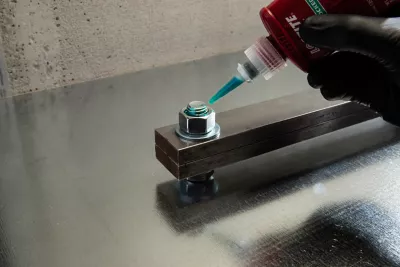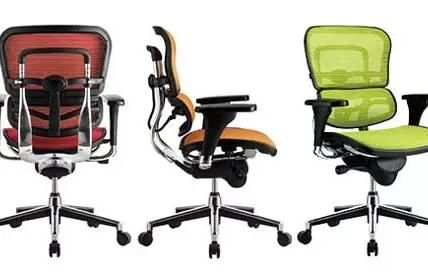In the world of manufacturing, construction, and maintenance, securing threaded fasteners is a critical aspect to ensure the longevity and reliability of assemblies. Loctite, a well-known brand in the adhesive and sealant industry, offers a range of threadlockers designed to prevent vibrational loosening and leakage. Choosing the right Loctite threadlocker for your specific application is crucial to achieving optimal performance and safety. This comprehensive guide will help you navigate the options available and make an informed decision.
- Understanding Threadlocker Types: Loctite offers different types of threadlockers, each catering to specific needs. The primary categories include:
- Low-Strength (Blue): Ideal for small screws and bolts, this type allows for easy disassembly with hand tools.
- Medium-Strength (Green): Suitable for general-purpose applications, striking a balance between ease of removal and vibrational resistance.
- High-Strength (Red): Designed for heavy-duty applications where maximum strength and resistance to extreme conditions are required.
- Consider the Material and Size of Fasteners: The material and size of the fasteners play a crucial role in selecting the appropriate threadlocker. Different formulations are optimized for specific materials, such as steel, aluminum, or plastic. Additionally, consider the size of the fasteners, as larger bolts may require a higher-strength threadlocker.
- Temperature Resistance: Evaluate the temperature conditions to which the assembly will be exposed. Loctite offers threadlockers with varying temperature resistance, ensuring optimal performance in environments with high or low temperatures.
- Chemical Resistance: Some applications involve exposure to chemicals or fluids. In such cases, it’s important to choose a threadlocker that provides resistance to specific chemicals to prevent degradation and maintain the integrity of the assembly.
- Application Method: Loctite threadlockers are available in liquid, gel, and stick forms. Consider the application method that aligns with your specific requirements. Liquid threadlockers are versatile and easy to apply, while gel formulations are suitable for vertical applications.
- Curing Time: Different threadlockers have varying curing times. Some provide a quick cure for applications that require fast assembly, while others offer extended cure times for applications where precise positioning is crucial.
- Ease of Disassembly: Depending on the maintenance requirements of your assembly, consider the ease of disassembly. Low-strength threadlockers allow for easier removal, facilitating repairs or replacements without causing damage.
In conclusion, choosing the right Loctite threadlocker involves a thoughtful consideration of factors such as strength, material compatibility, temperature resistance, and application method. By carefully assessing these elements, you can ensure the longevity and reliability of your threaded assemblies, contributing to the overall efficiency and safety of your projects.





